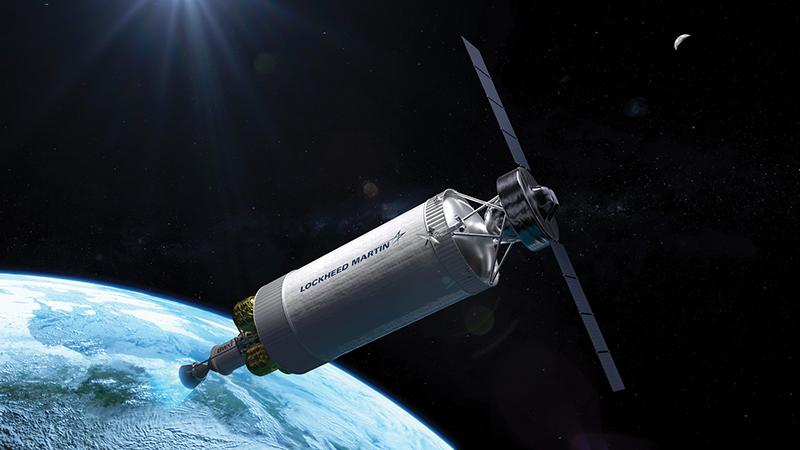
The DARPA-NASA nuclear thermal propulsion project is extending its time frame for an on-orbit demonstration.
Credit: Lockheed Martin
A vision to accelerate U.S. access to cislunar space and the wider Solar System through a landmark demonstration of nuclear thermal propulsion technology must wait. The 2027 launch date for the Demonstration Rocket for Agile Cislunar Operations (DRACO) is on indefinite hold. Since initiating the...
Nuclear Reactor Test Requirements Put DRACO Launch Plans On Hold is part of our Aviation Week & Space Technology - Inside MRO and AWIN subscriptions.
Subscribe now to read this content, plus receive full coverage of what's next in technology from the experts trusted by the commercial aircraft MRO community.
Already a subscriber to AWST or an AWIN customer? Log in with your existing email and password.





